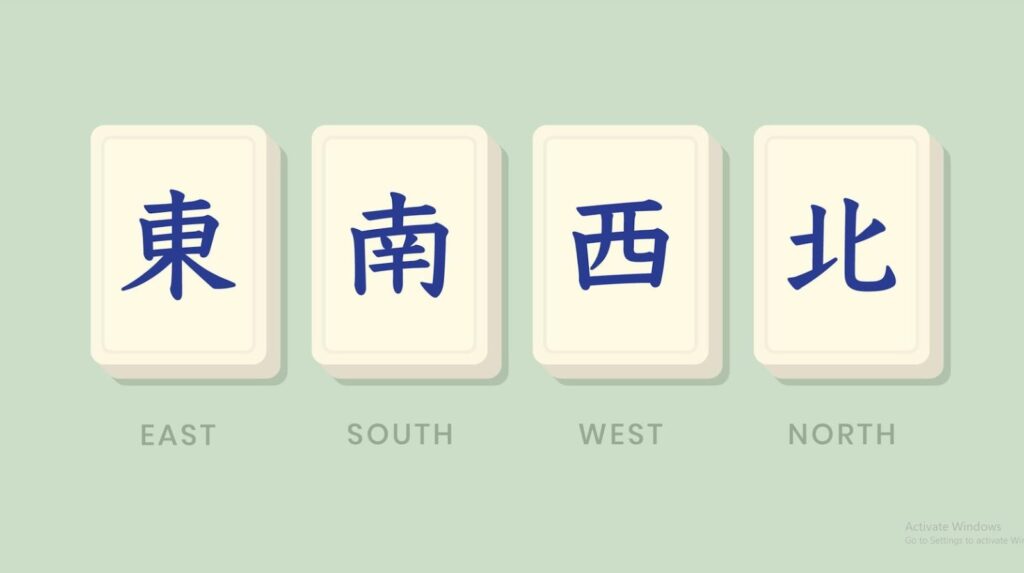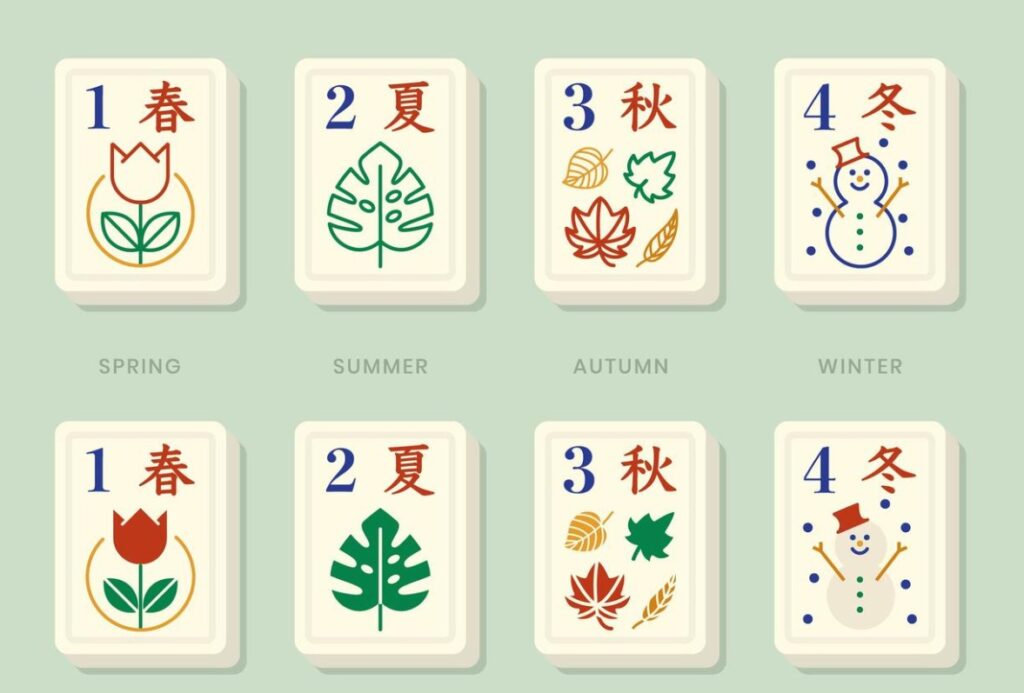Understanding the Symbols and Meanings of Mahjong Tiles: A Comprehensive Guide
Mahjong enthusiasts find great pleasure in the mystery of symbols created by Chinese culture. Meanwhile, each of these designs has been affiliated with its period of history and philosophy, all concerned with the prosperity and vigor for life at which nature aims, involving 144 tiles in standard sets.
The character tiles
The character tiles or wan tiles contain the numerals expressed in elegant Chinese characters, indicative of learning and order. They signify the virtue of education and of order, descended from Confucius as harmony through knowledge.
They are of value to the players in giving them help as regards the proper scoring through the means of play. They therefore to a greater or less extent fix the game in mental discipline.
Honor Tiles. Winds, Dragons of Power.
The honor tiles are dissimilar to the suit tiles and contribute to the play the elements of direction, power and the power of the mythical scepter. The number is made up of the four winds and three dragons, which are seldom played with, but are of much value in special kinds of hands. These honor tiles have the meaning of symbolic order based on world myths and the history of emperors, which elevates the game of Mahjong from a mere game to a philosophy. Hence it gives more permanence of meaning to one’s strategic acumen.

The wind tiles, East, South, West and North, stand for the quarters of the earth and the seasons of the year. The east wind is the symbol of the new rising sun, of the beginning of life and of power, and is usually held by the dealer, hence signifying power. The south wind is warmth and growth, the joyousness of spring. The west and the north stand for continuance of thought and endurance, as in the reaping of fall, the gift of warmth in winter.
In this way all emphasize the direction of life.
The dragon tiles take on mythical beings with deep meaning of an active kind of protection. The red dragon, with its notched design for the “central,” symbolizes happiness, attainment and the fact of movement to the centralization or acquisition of harmony in the universe. It is an honor tile on account of its great score value in the pungs or kongs. The white dragon, complete or circle, indicates purity and fulfillment, like the void which is the beginning of all things.
The green dragon indicates vitality, and the favor of the Emperor of the Chinese. Its coloring, resembling that of jade, points out the fortuitous properties of that condition. These dragons import elemental equilibrium into the game.
Bonus Tiles — Flowers and Seasons, for Lucky
Apart from suits and honors, bonus tiles flowers and seasons give undesired gain and the charm of thematic element. They are drawn by players for immediate gain of points or replacements by tiles, and are to be regarded as luck gifts. For they symbolize, in inspiration from outside taken from Nature’s beauty and temporal cadence, fleeting pleasures and renewal. They aid by their presence to remind players that they must meet the ineffable beauty of luck not diffidently but with remembrance of its ethereal quality and the beauty that accompanies it.

The flower tiles substitute ordinarily for eight flowering types of flora, as plum, orchid, chrysanthemum and bamboo, which tells of virtues, of perseverance, purity, and the like. These flowers are represented in Mahjong according to a long established scheme in which they touch upon the four noble plants of the Chinese poets, indicating the seasons of life’s improvement. For instance, the plum blossom blooms and survives the biting frost of winter, symbolizing hope in spite of contact with things harassed. So in grabbing a flower tile it seems to be like a digression poetic prelude to the rapid feelings of the game.
The season tiles supplement flowers by showing spring, summer, autumn and winter, and portray by them the eternal cycle of existence. Spring stands for birth and a beginning of time, the drawing of a new part of the game, symbolically, summer is for abundance and vainglory, feeding the flames of activity. On the other hand, autumn and winter are for delay and preparations, suggesting therefore a patience of the strategic kind.
Variations in Types of Tiles for Game of Mahjong
Tiles of types are changed constantly in different parts of the world, so that variations in culture always lead to variations in tile games and yet preserve distinct types of tiles. A total of 144 tiles are total in classic sets made of Chinese designs, and these are combinations of types of suits, honors, and bonuses and cover all that is modern in tile play.
American playing types contain approximately 152 tiles, which of them are sufficient to contain a number of eight jokers which are used and represent lingers from vampire play to cause easy and confusion in the rules among the informal games of tile play. The Japanese Riichi has 136 playable tiles, thus eliminating the bonus tiles and giving a speedier and more elusive honor type of play.
In some classifications of the varied styles of tile play, tiles are divided into major types for scoring, dependent upon this manner of play, with minor suited, which are played with tiles numbered two through eight, which convey minor values. Majors are playing tiles of number one and nine and honors and add double points for bold plays, in many cases to bring these plays into importance.
Bonus tiles sometimes bring double points to the laymate for the wind that prevails, causing an increased factor of luck to come into play. All these variations as such lead to the bookkeeping methods necessitated in tile play remaining fitnessful to players of all forms of types of tempo.
Regional varieties often contain symbols, and especially into the flower tiles. The tile flowers now include local affairs, bringing in modern types of flora to all sets. Digital playing games reveal to the player the types of tiles exchanged, providing the markers of supernatural power and instances for appreciation in their service as play. All the varieties provide wideness of understanding and appreciation of the variety of types of flowers is done when understanding of tile play in various forms leads to predilection to life and diversities of use of tile play follows.
